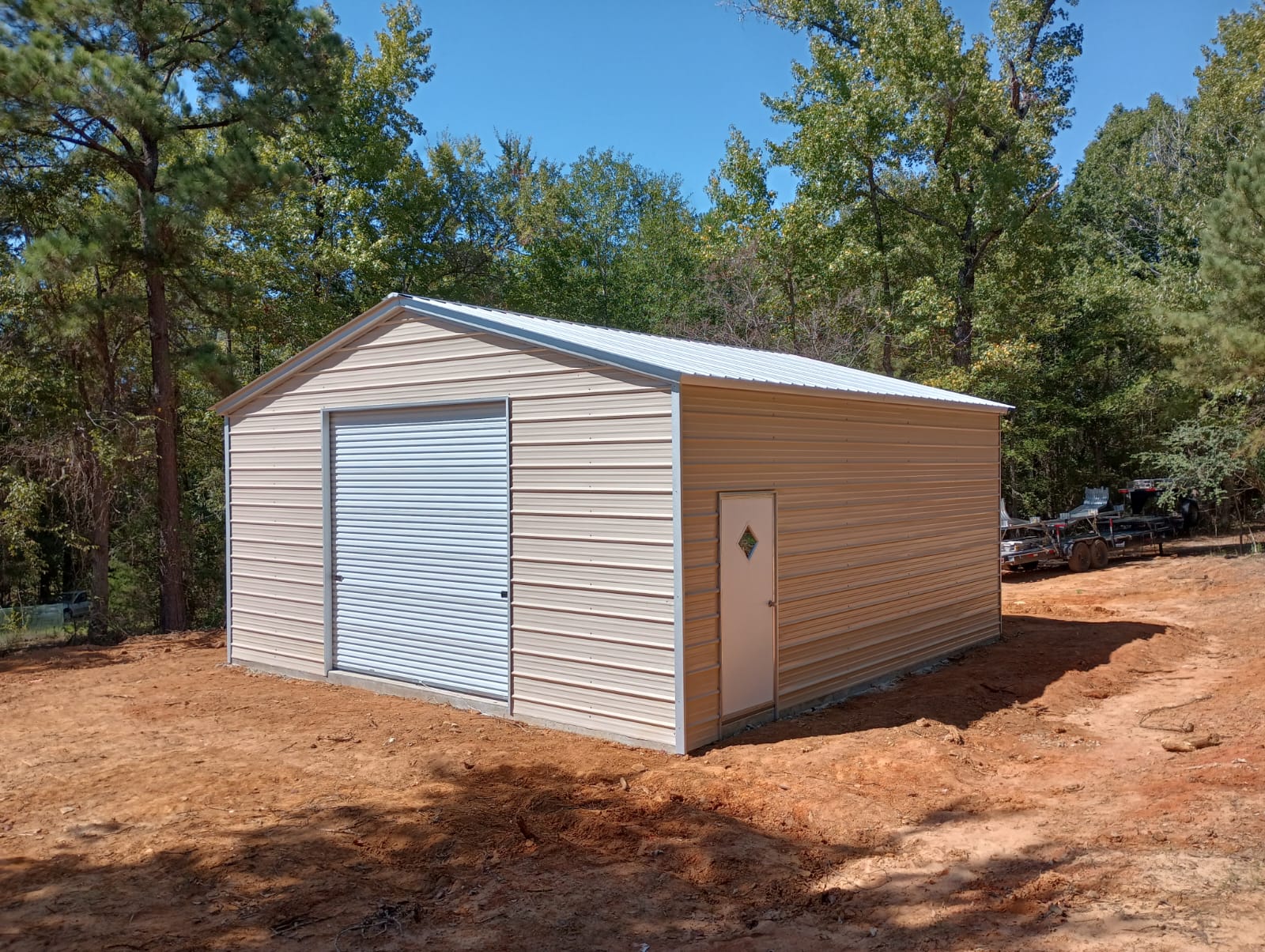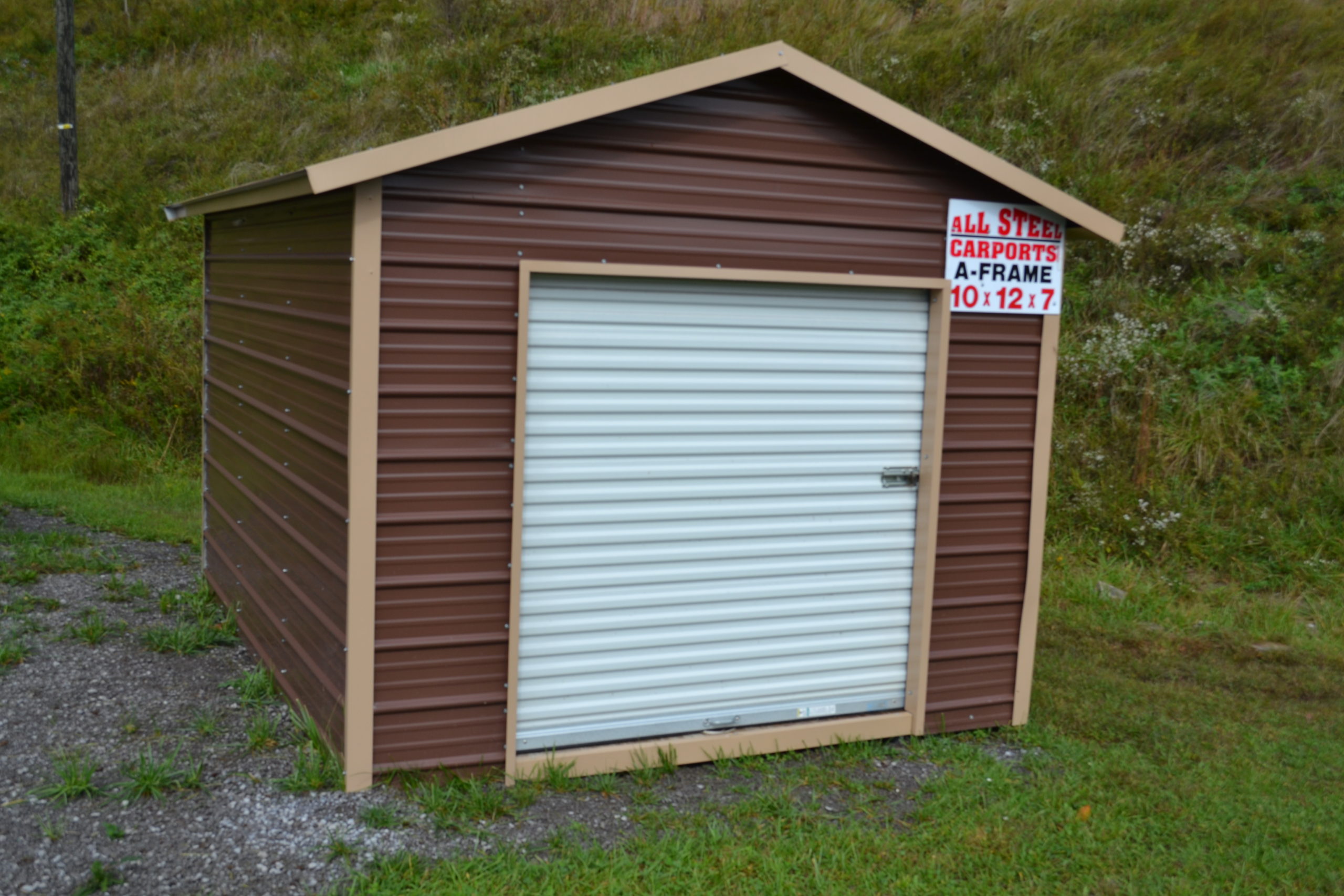
There is a misconception that people cannot install insulation and drywall in a shed. It is likely because, traditionally, sheds were meant to be insulated or kept warm. Sheds are typically for storage purposes of things and are not intended for people to live or work. This idea changes over time as many people turn their sheds into functional spaces such as workshops or home offices nowadays. Thus, insulation and drywall in a metal shed are a must and feasible.
Why are these a must for people to install?
The prime purpose of installing insulation and drywall is to keep the space safer and more comfortable. However, these also have different uses in a metal shed or other construction projects. Insulation is for thermal and sound insulation. It can reduce sound transmission between rooms by absorbing and muffling sound waves. Insulation is typically made from fiberglass or foam panels and installed in walls and ceilings.
On the other hand, drywall provides a more aesthetic look, provides additional soundproofing, and helps reduce drafts in the space. It is a sheet material installed on walls that can create smooth surfaces for painting or wallpaper application. Drywall also helps protect the underlying structure from moisture damage. It is because its materials provide an extra layer of protection on top of the insulation.

Doable to install?
Installing insulation and drywall in a shed is possible with a few simple steps. However, you may still need to be aware of important things, even if it looks simple. Here are some tips to remember:
- Ensure you put these correctly: For example, accurately measure the shed’s walls. It is a step to determine how much insulation you need, which may impact the cost and construction time.
Another is the sequence of installation processes. For example, attach an adhesive vapor barrier first. Then, add insulation and drywall over the walls.
- Install a wooden stud frame before the drywall can be attached. Note that connecting its materials directly to metal may not provide adequate support. So, you need a wooden stud frame before the drywall can be attached.
- Prioritize good ventilation: Ventilation is critical to maintaining insulation and drywall in a metal shed. Good airflow prevents moisture buildup, which can cause damage to the insulation. Thus, ensure your metal shed has adequate vents or fans installed. In that way also, you avoid potential health risks due to mold growth.
- If it is necessary, use a vapor barrier when insulating. Doing so will keep moisture from getting inside the walls.
- Consult or get the services of an expert installer. If you need help with how to do these or have no time, it is advisable to consult a professional insulation and drywall installer. It does offer not only convenience but also peace of mind. The installer knows the necessary, and that may include permits to obtain before starting any process. Above all, getting an expert’s assistance gives a high percentage of quality and safe-to-use metal shed.
In conclusion, with proper preparation and research, it is possible to insulate and drywall a metal shed. Doing so can help make the space more comfortable and provide additional soundproofing.
